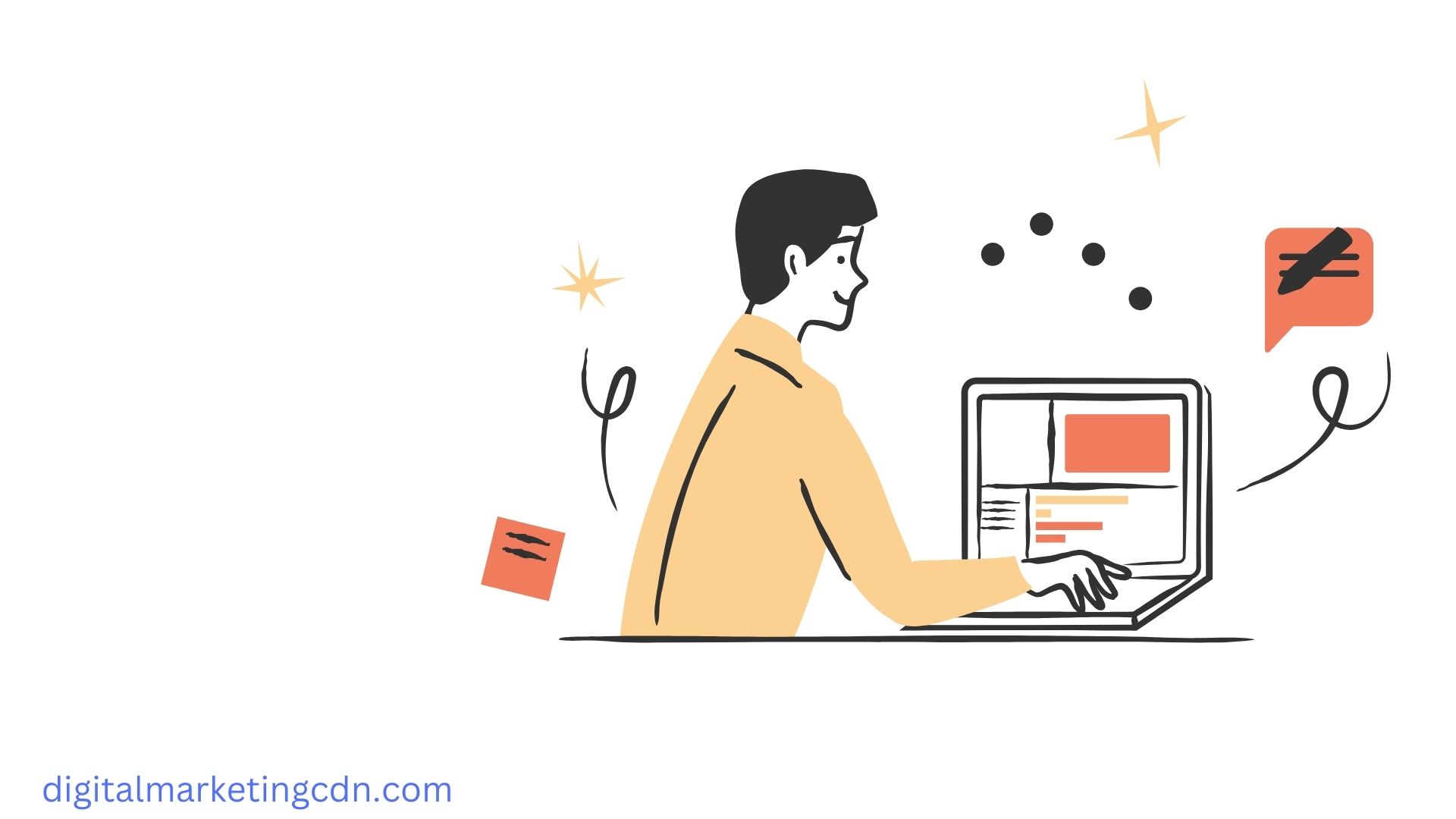MON - FRI: 8AM - 9PM
TEL: +250 815-5442
TEL: +250 815-5442
Off-page SEO is like building relationships for your website. While on-page SEO focuses on optimizing your content, off-page SEO is about earning trust and authority outside your site. Think of it as the digital version of word-of-mouth marketing. If you’re new to SEO, don’t stress—these 10 beginner-friendly strategies are easy to implement and deliver real results. Let’s get started!
Writing high-quality articles for other websites in your niche. In return, you get a backlink to your site.
Backlinks act like “votes” for your site. The more votes you have from reputable sites, the higher Google ranks you.
“Hi [Name], I loved your post on [Topic]. I’d love to contribute an article like ‘5 Time-Saving Tools for Remote Workers’—let me know if you’re interested!”
“John Doe is a productivity expert at [YourWebsite.com], where he shares free tools for remote workers.”
What it is: Sharing your blog posts, infographics, or videos on platforms designed to save and organize content.
Why it works: These platforms drive referral traffic and signal to Google that your content is valuable.
Best Platforms for Beginners:
Example: A “Beginner’s Guide to SEO” infographic shared on Pinterest could go viral, sending hundreds of visitors to your site.
What it is: Answering questions on platforms like Quora, Reddit, or niche-specific forums (e.g., Warrior Forum for marketers).
Why it works: Positions you as an expert and drives targeted traffic.
How to Do It Right:
“I wrote a step-by-step guide on this topic here: [YourLink.com]. Hope it helps!”
Pro Tip: Use tools like AnswerThePublic to find popular questions in your niche.
What it is: Partnering with influencers who have 10k–50k engaged followers.
Why it works: Micro-influencers often have higher engagement rates than celebrities, and their audience trusts their recommendations.
How to Partner with Influencers:
“I’ll give you free access to my SEO course if you share a review with your audience.”
Example: A travel micro-influencer shares your “Packing Checklist” blog, linking to your site in their Instagram bio.

What it is: Transforming data or tips into eye-catching visuals.
Why it works: Infographics are shared 3x more than text posts, and other sites may embed them (with a backlink!).
Pro Tip: Add an embed code below your infographic so others can share it easily:
“Want to share this infographic? Use the code below!”
What it is: Help a Reporter Out (HARO) connects you with journalists seeking expert quotes.
Why it works: A single quote in a Forbes or HuffPost article can earn you a powerful backlink.
How to Succeed with HARO:
Example: A journalist writing about “Remote Work Tools” links to your site after you provide stats on productivity apps.
What it is: Finding broken links on other websites and suggesting your content as a replacement.
Why it works: Website owners appreciate help fixing errors, and you get a free backlink.
Step-by-Step Process:
“Hi [Name], I noticed the link to [Broken URL] on your [Page Title] is broken. I have a similar guide here: [Your Link]. Feel free to use it!”
Pro Tip: Target resource pages (e.g., “Best Marketing Tools of 2023”)—they’re full of outbound links.
What it is: Creating videos related to your niche and embedding them in blog posts.
Why it works: YouTube is the second-largest search engine, and ranking here boosts your site’s visibility.
How to Optimize YouTube Videos:
Pro Tip: Repurpose blog content into video scripts to save time!
What it is: Submitting your site to directories like Google My Business, Yelp, or industry-specific hubs.
Why it works: Directories improve local SEO and build trust with Google.
Top Directories by Niche:
Pro Tip: Ensure your NAP (Name, Address, Phone) is identical across all directories.

What it is: Tracking unlinked mentions of your brand and asking for a backlink.
Why it works: Many sites mention brands without linking—this turns those mentions into SEO gold.
How to Do It:
“Hi [Name], thanks for mentioning [Your Brand]! Could you add a link to [Your URL] so readers can learn more? Thanks!”
Example: A blogger mentions your tool in a “Top 10 Apps” roundup but forgets to link. Your email gets the link added.
FAQs (Expanded!)
Q: How long until I see results from off-page SEO?
A: Most strategies (like guest blogging) take 3–6 months to impact rankings. However, HARO or YouTube can drive traffic within weeks.
Q: Do I need a budget for off-page SEO?
A: Not necessarily! Guest blogging, forums, and HARO are free. For tools like Canva or TubeBuddy, use free trials or freemium plans.
Final Thoughts
Off-page SEO is a marathon, not a sprint. Start with 2–3 strategies that fit your strengths. For example:
Need a Quick Win? Try HARO—it’s free and can land you backlinks from major sites.
Ready to Boost Your Traffic? Bookmark this guide, pick one tactic, and start today!
Internal Links to Add:
External Resources:
Image Alt Text Optimization:





